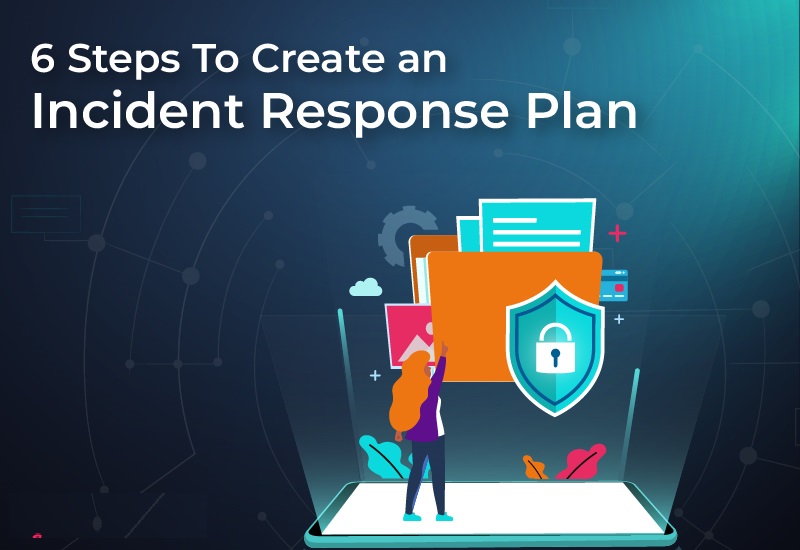As the name says, a cyber incident response plan is a document stating the action an association or organization should take when a security incident like a data breach has transpired in the organization. Data is the new fuel, and it is crucial to protect the organization, as being a victim of cybercrime has numerous adverse consequences.
A paradigm shift toward the computer has its ramifications. Cyber Crime incidents have surged enormously, and companies have to pay hackers to retrieve their data.
- Cyber incident response plan
A cyber incident response plan includes various phases, and they all are interrelated. All six stages of the phase are complex and give precise and straightforward guidance for containing the cybercrime threat. The six phases let the organization make quick decisions in the right direction. The six phases are preparation, identification, containment, eradication, recovery, and lesson learned. Let us thoroughly look at every step.
- Preparation
Organizations should be proactive to prevent any such incidents. A response plan gives detailed guidelines, including the steps a company or organization should take before an incident. Being proactive will help the organization to mitigate the risk and control the damage.
The plan initially provides the guideline to reduce the data breach risk. Ensure that the initial phase (preparation) aligns with the organization’s policies and that your staff has been trained for security incidents. Auditing your system will also ensure that the organization’s sensitive data is protected.
- Identification
The second step of the plan is identification. This phase states the steps to take when the system of the organization has been hacked or compromised. If an organization manages to take steps quickly after the breach, they fancy their chances to thwart the threat.
You can still control the damage even if you do not eliminate the threat. Asking questions like what is the magnitude of the breach, who discovered the breach, is the operation getting affected, and what is the source of the violation will help you to thwart the threat better.
- Containment
As the name says, the third phase is to take steps to control the damage caused by the breach. This phase has different stages, depending on the violation. Decisions like deleting or taking the data offline are born in this phase.
- Eradicate
In phase four, organizations need to strengthen the system that led to a data breach. In this stage, the organization must figure out how the data was breached and how they could prevent it in the future.
- Recovery
Now that you have eliminated the threat of getting your data breached again, you can bring your data back to online mode again. You need to be meticulous in this process; otherwise, you will be prone to cyber threats.
- Lesson learned
The plan’s final phase is all about reviewing the cyber-attack and rectifying the areas to prevent such attacks in the future. Each member of the organization should work unanimously to avoid any cyber-attack in the future.
Final Takeaway
Next time, if you have become a victim of cybercrime, rather than taking a hasty decision, implement this cyber incident response plan by Proman Securitech. Itwill help you take pre-emptive steps and control the damage in the future.

